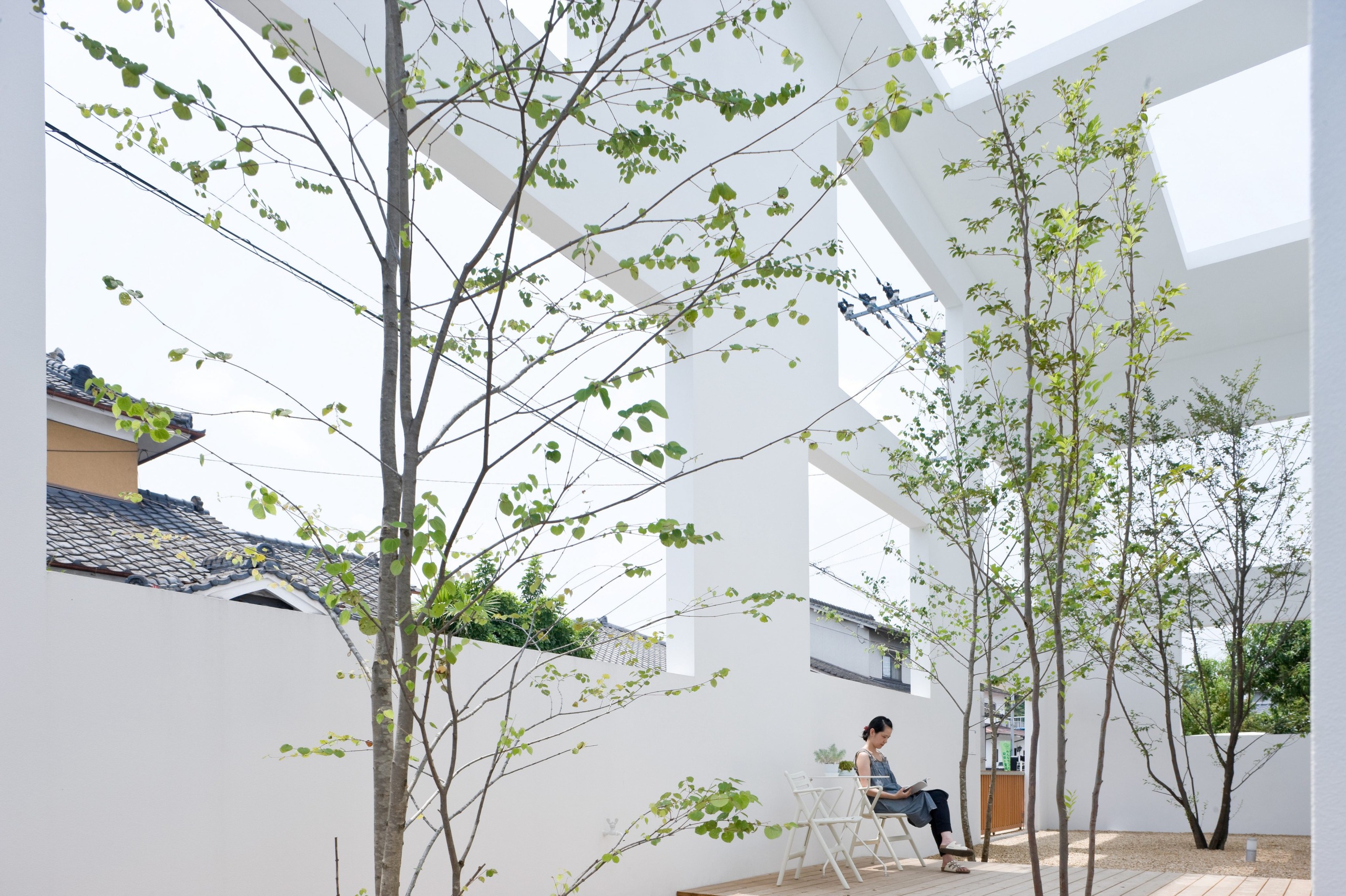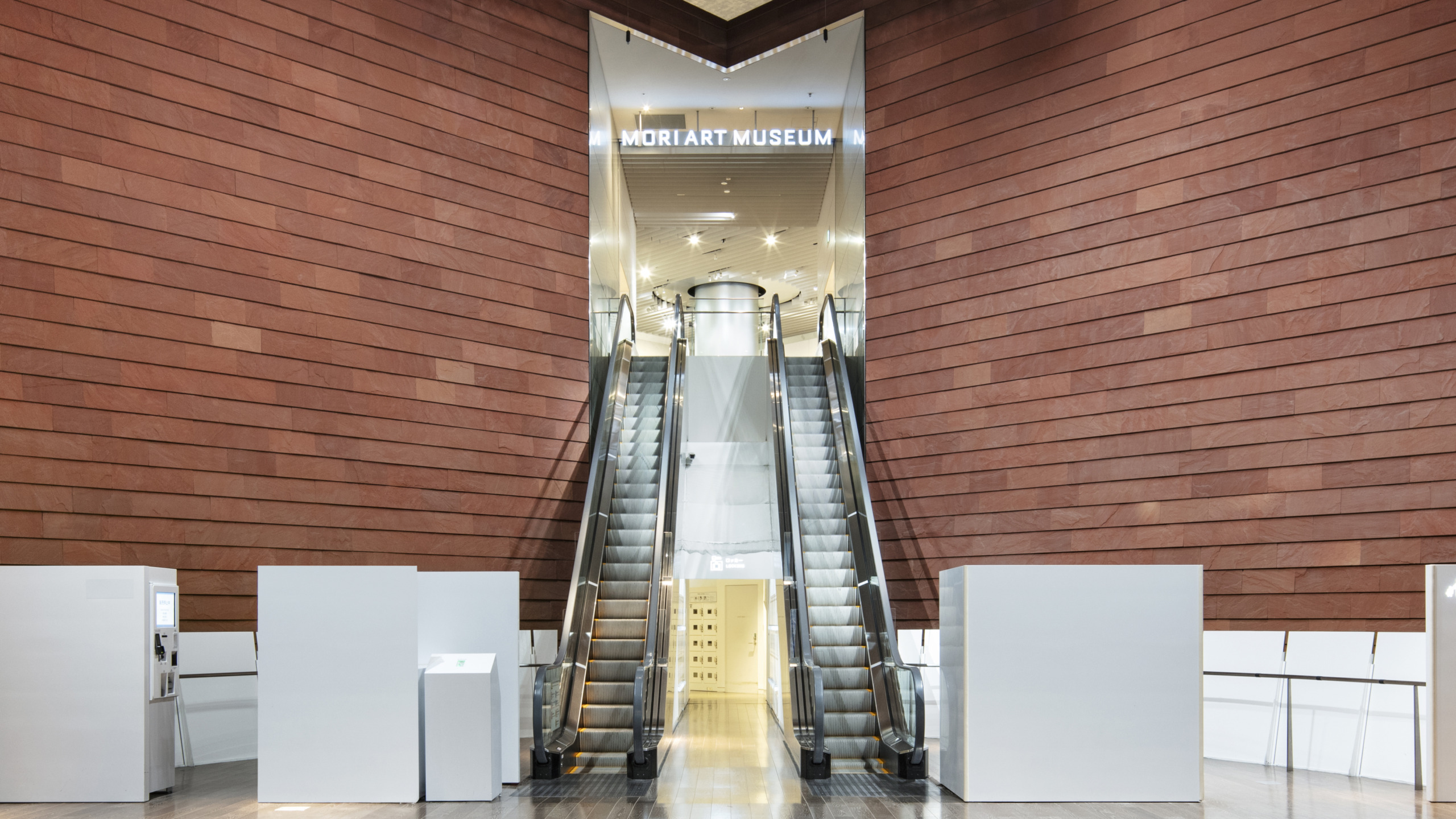EXHIBITIONS
THE ARCHITECTURE OF SOU FUJIMOTO: PRIMORDIAL FUTURE FOREST

Maintaining offices in Tokyo, Paris, and Shenzhen, Sou Fujimoto is one of the globally recognized faces of contemporary Japanese architecture. He has been lauded for projects ranging from the Musashino Art University Museum & Library in Tokyo (2010) to the Serpentine Pavilion 2013 in London and the House of Music Hungary in Budapest (2021), and was the design producer for Expo 2025 in Osaka. This exhibition is the first major institutional survey of Fujimoto’s work. It will communicate the architect’s visionary practice and philosophy through a diverse array of materials, including installations and large-scale models alongside plans, maquettes, and photographic documentation.
MORI ART MUSEUM
- D-1
- Roppongi

Crowning the Roppongi Hills Mori Tower, the Mori Art Museum is committed to presenting cutting-edge visual arts, architecture, design, and other modes of creative output from around the world. The museum is known for producing groundbreaking monographic exhibitions of important Japanese and international artists, such as Ai Weiwei, Yayoi Kusama, and Takashi Murakami; large-scale thematic surveys covering various topics and geographic regions; and the triennial Roppongi Crossing, which offers an overview of Japanese contemporary art. The museum complements these exhibitions with smaller, more focused programs, such as MAM Collection, which introduces works in the museum’s collection; MAM Screen, which showcases video works; MAM Research, which focuses on exhibiting materials rather than artworks; and MAM Projects, which conducts experimental projects with artists from Japan and beyond.
Pursuing a vision of “Art + Life,” the Mori Art Museum seeks to make contemporary art more accessible to broad audiences. The museum supervises works of public art at Roppongi Hills and Toranomon Hills and organizes art events in collaboration with local communities. The museum is open late six nights a week to enable visitors to enjoy art after work or dinner.
Dining options on-site.








